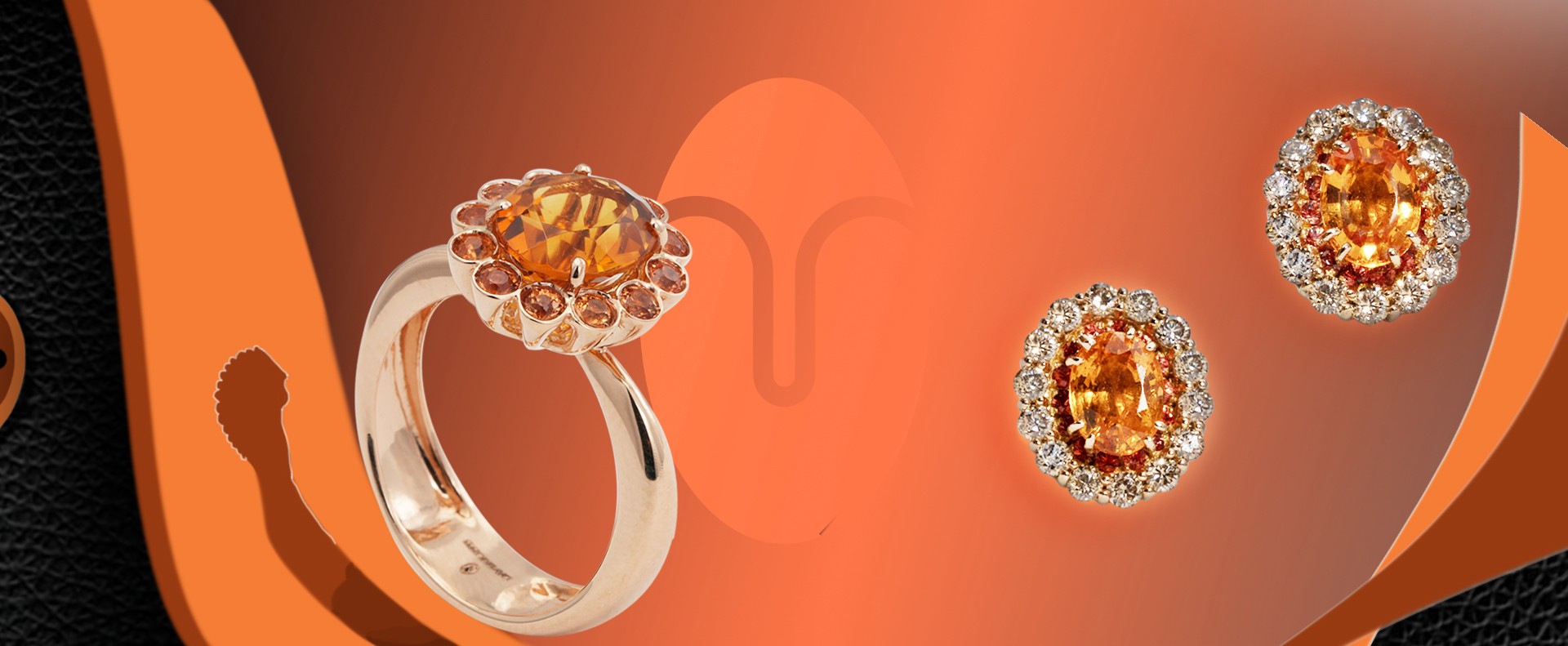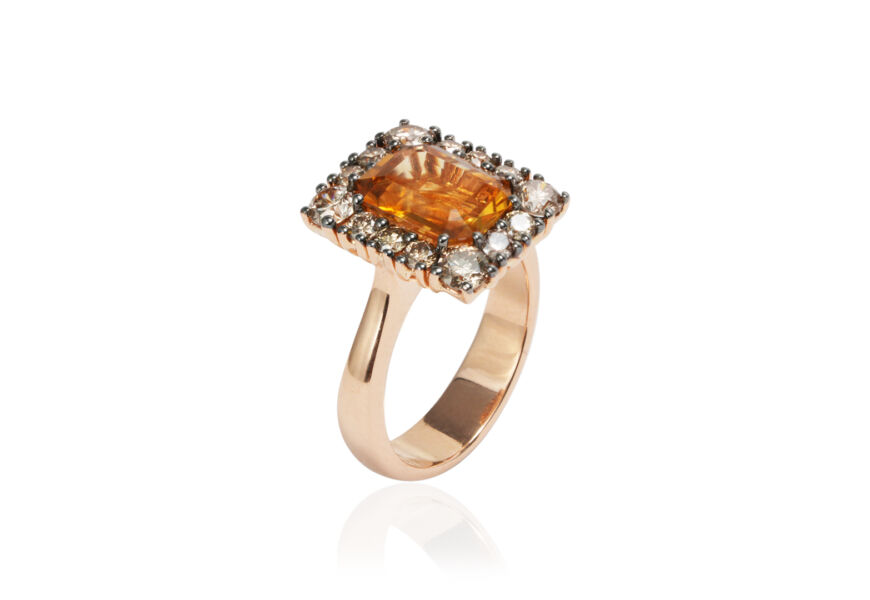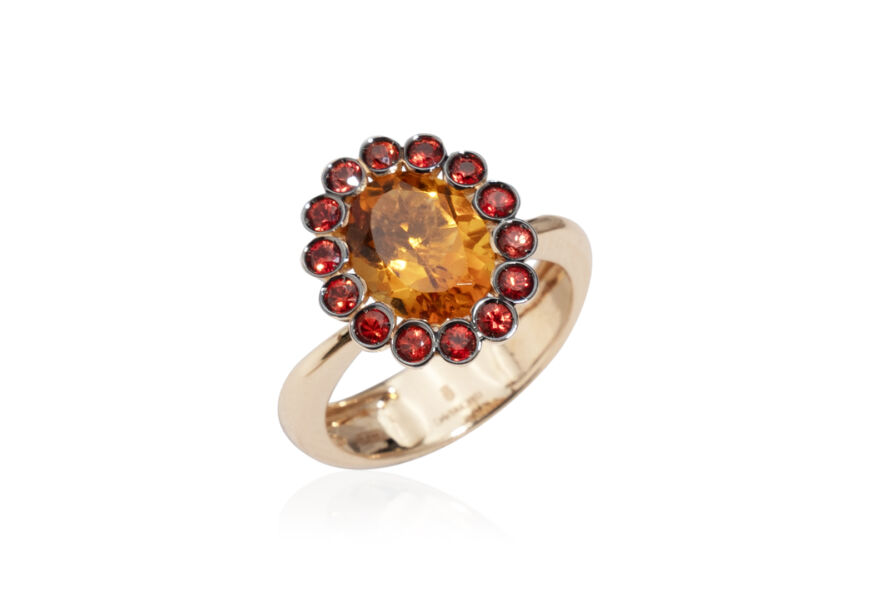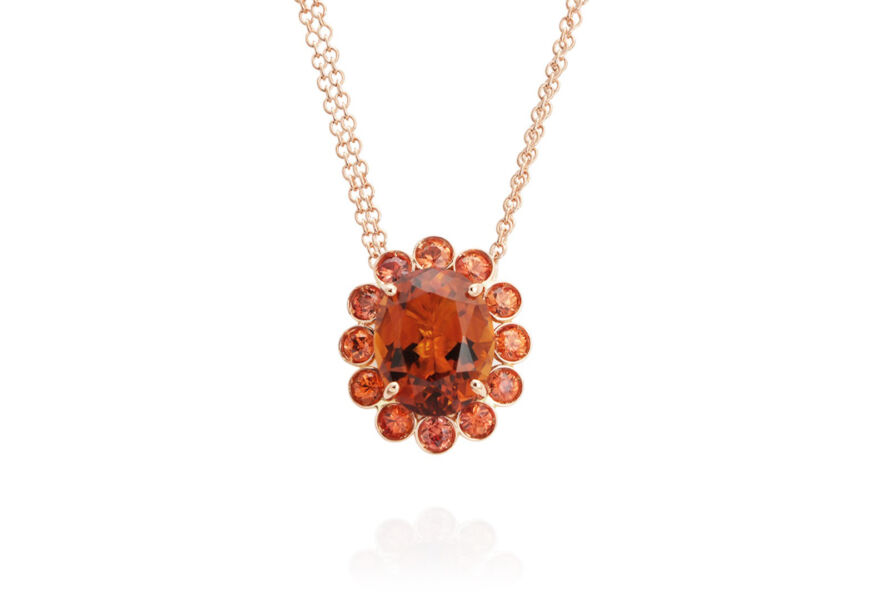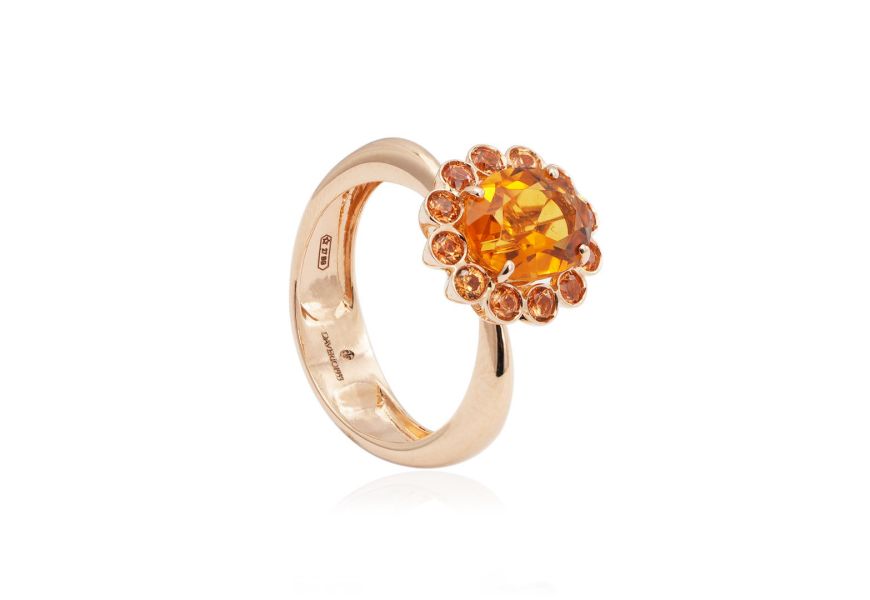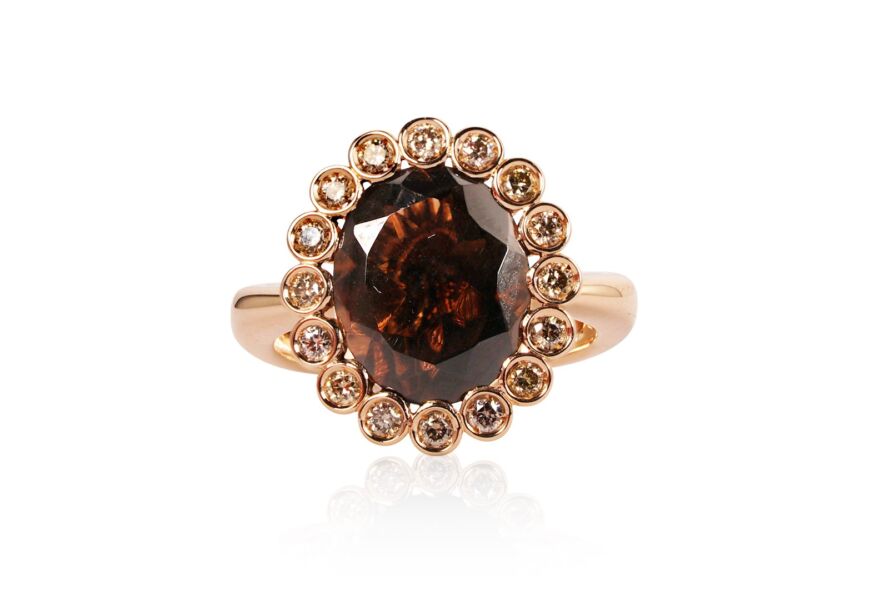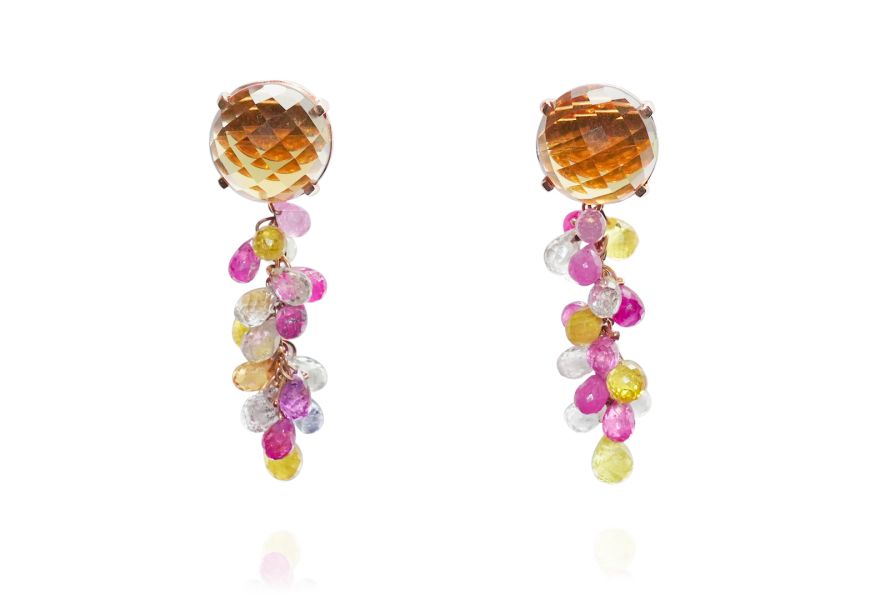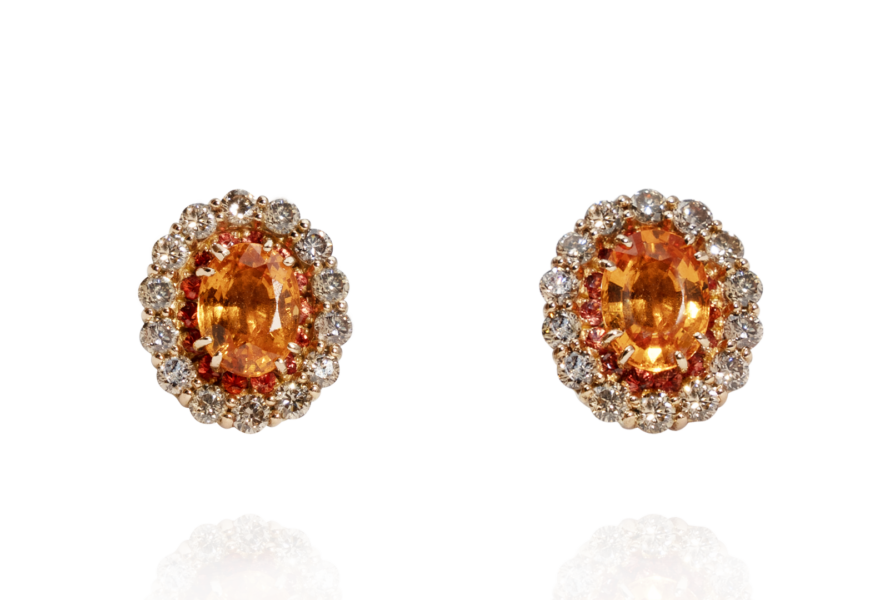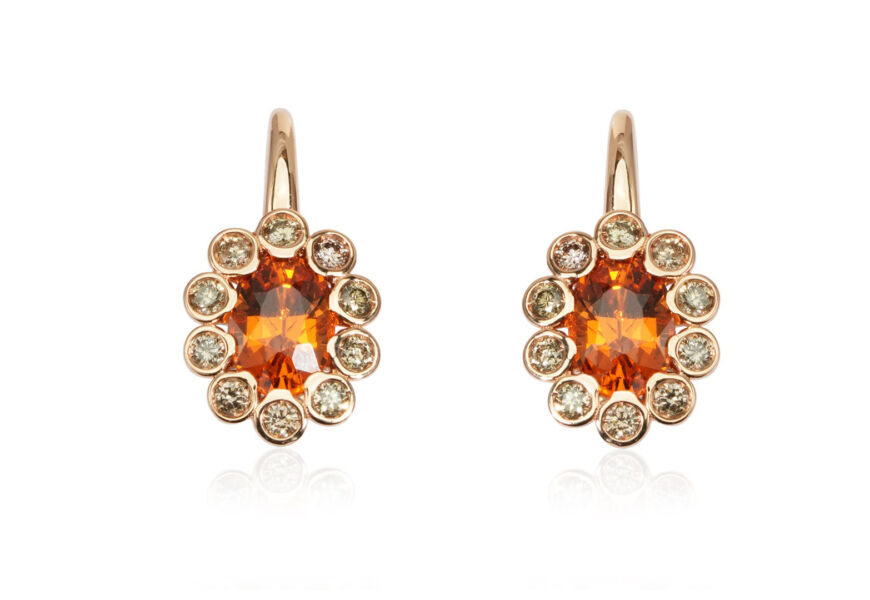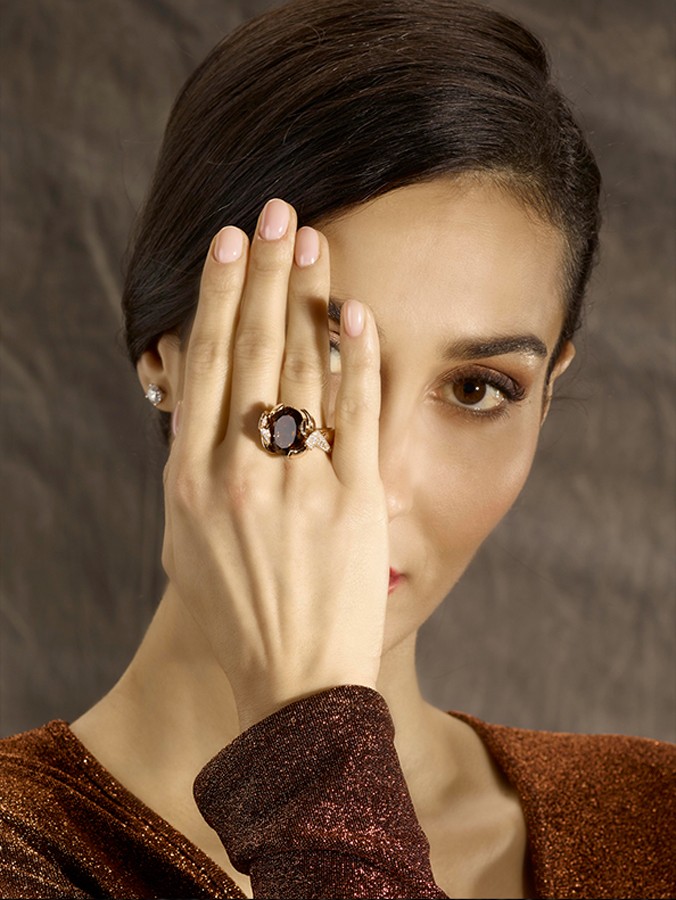Quartz, the Charm of Color

Quartz is a stone with many color tones and for this reason is the protagonist of many jewelry pieces. But it is also one of the most widespread minerals used by humans since antiquity, thanks to its particular characteristics.
From Prehistoric Tools to the Electronics Industry: the Thousand Lives of Quartz
Quartz is composed of silicon and oxygen, two of the most abundant elements on the Earth’s crust, and is therefore present in many rocks. Since prehistoric times it has been one of the most used minerals to create tools such as arrowheads, flints and knives, thanks also to one of its fundamental characteristics, hardness, not much inferior to that of diamond. The name “quartz” has an uncertain origin, but could derive from a Slavic term meaning “hard”. The ancient Greeks instead called it krýstallos, meaning “ice”, because the most common variety was transparent and very cold and they believed it was a type of ice that never melted. From this also derived the name “rock crystal” for colorless quartz.
Quartz has always been used as ornamentation, especially in the numerous colored varieties, both for jewelry and for decorative objects. For its technical characteristics of hardness and resistance, colorless quartz is still used today for the production of light bulbs, lenses, electronic and digital equipment and also paints and kitchen countertops.
The Different Types of Quartz
From rose quartz to those with yellow or brown shades: this stone can take on many different colorations, depending on the inclusions of other minerals.
Transparent and Colored Stones
- Colorless: also called hyaline quartz or rock crystal, it is the most widespread variety.
- Rose: the color is given by the presence of small quantities of different minerals, including manganese; often rose quartz is translucent and not completely transparent.
- Citrine: it is yellow, with shades of various tones; the name derives from citrus, which in Latin means “citrus fruit”.
- Madeira: it is a variety of citrine quartz with a darker and more intense color, tending to reddish, due to iron hydroxide inclusions.
- Smoky or smoked: brown in color, from light to dark, due to the presence of rutile.
- Rutilated: it is a colorless or smoky quartz that contains rutile crystals.
- Tourmalinated: this is also a transparent quartz with inclusions of black tourmaline or other colors.
The “Eyes”, the Opaque Varieties of Quartz with Light Effects
Other types of quartz are characterized by chatoyancy, an optical phenomenon due to the presence of thin and parallel inclusions, similar to needles, which in light resemble a cat’s eye in the dark. The chatoyancy phenomenon varies according to the background color of the quartz and the type of inclusion:
- crocidolite fibers, yellow-gold in color, create the light effects of Cat’s Eye (green or gray-green background), Tiger’s Eye (brown background) and Hawk’s Eye (gray-blue or blue background)
- hematite fibers create the dark effects of Bull’s Eye, on a dark red-mahogany background.
Citrine, Madeira and Smoky Quartz for Classic and Modern Jewelry
Among the numerous types of quartz, these three varieties are among those most appreciated in jewelry thanks to their colors, which range from yellow to orange, to dark red to brown. These are warm tones that are very current and suitable for jewelry with contemporary design, but also for more classic creations.
An example is the ring with citrine quartz and orange sapphires, where the central stone is surrounded by sapphires of the same orange shade: a classic model in which the color of the stones perfectly matches the rose gold, also in the pendant version. A variant of the same ring, in darker tones, features a madeira quartz surrounded by red sapphires at the center.
More challenging is the combination of citrine quartz and brown diamonds, with the striking contrast between the orange of the central stone and the surrounding darker diamonds.
Less formal, but always elegant, is the look of the earrings with citrine quartz and multicolor sapphires, where the quartz is highlighted by a cascade of small colored stones.
Finally, this stone can also become the protagonist of unique creations, such as the Calafate ring with smoky quartz and diamonds, which owes its name to the Argentine glacier known for its continuous movement. The same dynamism is reflected in the ring, with the gold and diamonds that, in continuous movement, wrap around and give light to the dark central quartz.
